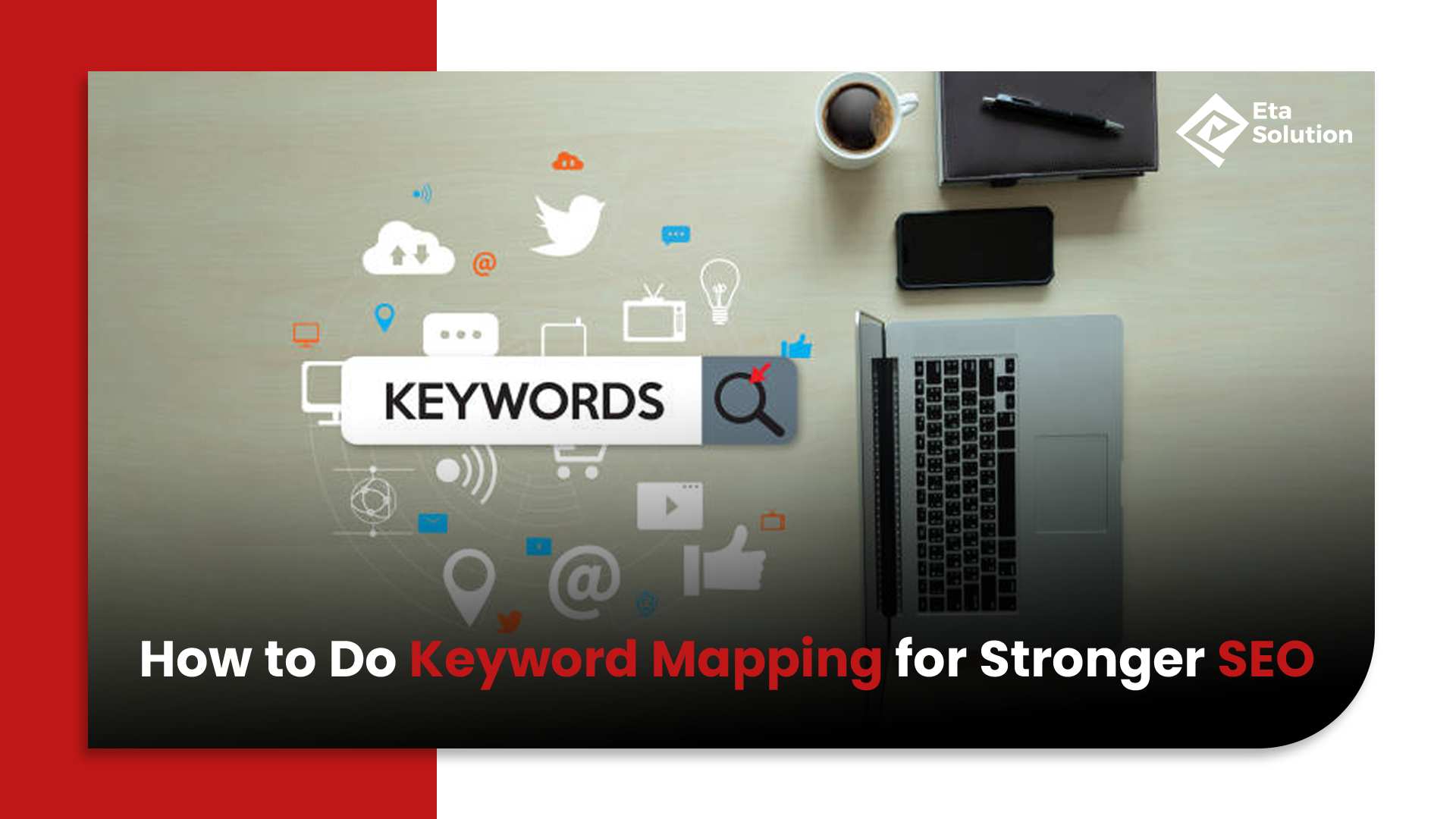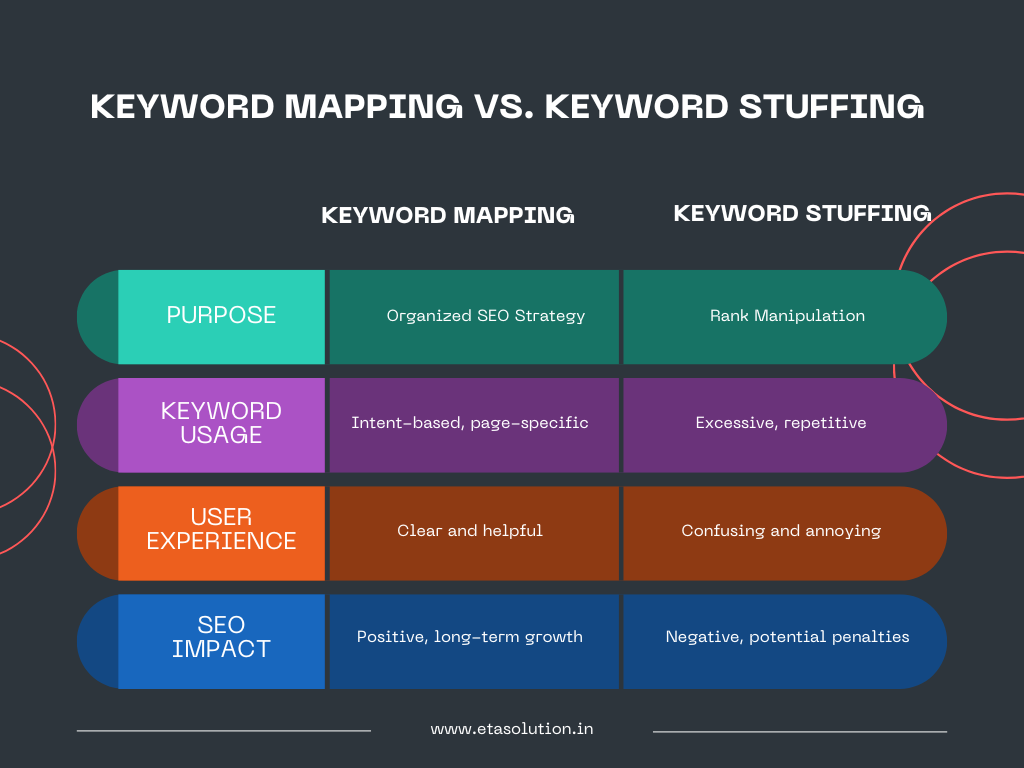
Keyword Mapping Mastery: The Strategy Behind Scalable SEO Success
If your content isn’t mapped, it’s lost. To rise in search, you need direction, not just creation.
In today’s search-driven world, valuable content alone won’t be enough. Without a clear structure rooted in SEO keyword planning and combined with the search intent of the users, even the best content risks being invisible. Success is now dependent upon how smarter foundations are getting built by using the frameworks that support scalability, relevance, and long-term growth.
That’s why the big giants and enterprise partners are moving their center of attention from short-term tactics to long term search engine optimization strategies. They are investing in content systems that attract the right audience as well as convert the visibility into measurable growth. In this new era,it’s not just about the content; it’s about content with a purpose, powered by intent.
What Is Keyword Mapping?
“Think of it as your content’s GPS; if you don’t have it, you’re just publishing it blindly.”
Keyword mapping is a strategic process of assigning individual target keywords to specific pages on your website for SEO purposes.. For instance, if you have a webpage of digital marketing services, your homepage might focus on keywords like “digital marketing services,” while the other pages would focus upon terms like “social media services” or “PPC advertisement”. This eliminates overlapping of keywords and ensures each page is individually focused. In this way, every page has a clear focus and a better chance to rank higher in the search results.
Keyword mapping brings structure to your content strategy and is essential for on-page SEO. According to Backlinko, pages that align closely with a single keyword topic tend to rank higher than pages trying to rank for multiple unrelated terms.
This is a key part of any strong SEO keyword strategy, assisting both the readers and search engine to find what they require more easily.
A Strong Keyword Strategy Helps Your:
- Internal Competition to get eliminated: Without a clear keyword map, several pages would start competing for the same search term, which will lead to overlapping of the keywords. For example, if two blog posts target “email marketing strategies,” Google may get confused about which one to rank, lowering your visibility.According to SEMrush 2023 reports: keyword mapping assigns one target keyword per page, allowing each page to rank stronger and more clearly for its intended topic.
- Website Structuring to be in-line with the search engine: Google ranks websites which are clearly organized and easy to crawl. Mapping helps in structuring the websites in a way that reflects the intent from top-level category pages like “Digital Marketing Services” to subpages like “SEO Keyword Planning” or “Paid Search Campaigns.” For US-based businesses competing in saturated markets, this clarity improves indexability and relevance, boosting your domain authority and SERP rankings.
- User journey to look more intentional and impactful: With mapped keywords, users land on the pages that directly answer their questions. This helps in reducing the bounce rates and increasing engagement. For instance, if a B2B SaaS buyer searches “enterprise CRM solutions” and lands directly on a well-optimized, high-intent product page, they’re far more likely to take action. According to HubSpot, 74% of users are more likely to convert when content matches their search intent; a direct benefit of strategic keyword mapping.
Whether you manage 20 04 20,000 pages, a mapped approach brings direction to your digital presence.
Keyword Mapping vs. Keyword Stuffing

Step 1: Conduct Intent-Led Keyword Research
Keyword Research Great insights are the first step to good mapping. That is why before deciding keywords, understand what your audience is looking for and what competitors are doing. Your keyword should answer not just what people search, but why.
Before you dive into rankings and volumes, take a step back and ask:
What is my audience really trying to solve?
What are my competitors already owning—and what are they missing?
Focus On:
- Use tools lead with curiosity: Platforms like SEMrush or Ahrefs aren’t just dashboards: Don’t just collect keywords but study patterns. What questions are being asked over and over? Which pain points are coming up in different ways?
- Identifying gaps and strengths of competitors through conducting a URL research: Instead of a quick peek at what a competitor ranks for, run a URL-level deep dive. See what their content delivers and what it doesn’t. Maybe their page on “B2B email strategy” is ranking, but missing examples or updated stats. That’s your opening.
- Organising by search intent: learn, find, and buy: Group keywords by intent—those looking to learn (“what is CRM”), those ready to decide (“best CRM software”), and those about to act (“buy CRM for small business”). That’s how you move beyond a keyword list and build a real journey.
This will give you direction, and not just a list. Because keyword mapping isn’t about finding words. It’s about finding the why, and building your content like you actually care about who’s searching.
Step 2: Organize Keywords into Clusters
Instead of thinking of one keyword per page, think clusters.Do not try to isolate terms, group them into clusters based on the topic and funnel stage.This strategy is called keyword grouping which helps in creating depth and strengthening the authority of the topic.
This isn’t just an SEO tactic, it’s how you build authority and depth around what you actually want to be known for.
Illustrations:
If your primary theme is “email marketing”, then you can consider supporting it with closely related search:
- “What’s a good open rate for SaaS emails?”
- “When’s the best time to send marketing emails?”
- “How to write subject lines that actually get clicks?”
These aren’t isolated keywords, they’re building blocks. When grouped strategically, they allow you to create a content hub that informs, engages, and ranks. Grouping keywords this way helps scale your content hierarchy, forming a solid foundation for long-term SEO growth.
Step 3: Match Clusters to Pages
“Now it’s time to map, but with intention.”
Mapping each cluster of content to the most relevant URL isn’t the best practice, it’s how you turn your scattered content into a well-written, search-friendly structure. When you group related topics (like a series of blog posts around email marketing), they should all point to a central page that acts as the authority, your main hub for that theme.
For instance, if you’ve written multiple pieces on local SEO tactics, Google Business Profile tips, and location-based ranking factors, but don’t have a dedicated “Local SEO Services” page, you’re leaving a gap in your structure. That missing link not only confuses users but also weakens your relevance in search engines’ eyes.
Search engines favor websites that show depth and clarity. In fact, structured content around pillar pages can lead to a significant lift in visibility because it helps Google understand which page should rank for what. Without this clear mapping, your content competes with itself or floats without purpose.
So if a cluster doesn’t lead anywhere, it’s not just underperforming, it’s a signal that you likely need a new page to connect the dots. This approach doesn’t just improve SEO—it gives your audience a cleaner, more intuitive path to follow.
Best Practices:
- Assign the primary keyword per page, supported by a few variations to rank the context.
- Optimize your URLs to focus upon the primary keyword for adding depth and strength to the content
- Remove duplicacy by avoiding internal competition in terms of keywords as well as the content.
To rank higher, many businesses partner with experienced SEO professionals to make sure that every keyword is used rightly and makes maximum impact.
Step 4: Optimize Your Content for Targeted Keywords
Once you have mapped your keywords, here comes the real task; turning mapped intent to meaningful content. This is where SEO optimization plays a major role by shifting from surface-level Keyword Stuffing to strategic, user-focused execution.
It’s no longer about meeting the criterias. Your content must fulfill the needs of the search engine for the structure and the user’s need for relevance and value.
Key Optimization Practices Should Include:
- Integrating the primary keyword in critical areas like the title, H1, and the introductory paragraph. This will give clarity to web crawlers as well as the readers.
- Making use of supporting terms naturally throughout subheadings and body content, driving semantic depth without forcing repetition.
- Placing internal links to connect related pages, incorporating keyword-focused hyperlinked phrases that strengthens topic relevance and enhances internal navigation.
- Answering reader’s intent directly by providing step-by-step guide, expert insights, or simplified content to give clarity.
Well-optimized content aligns search purpose and business impact. It goes beyond visibility to build trust, drive engagement, and support conversions.
When everything is placed rightly, optimization will turn your keyword map into living content engine, designed not just to rank but to resonate.
Step 5: Maintenance of Keyword Planning With Time
“Static strategies are not for a dynamic world, because digital growth demands agility.”
SEO is not a one-time setup, it requires continuous refining. As algorithms shift, user intent evolves, market dynamic changes, and your planning of keywords must keep up with the pace. Ignorance will invite outdated pages, keyword conflicts, and diluted performance. Ongoing optimization is not optional, it’s the edge that keeps you ahead.
How To Sharpen Your Strategies:
- Use analytics tools like Google Search Console, Ahrefs, SEMrush to monitor your keyword performance. Keep a close eye on performance indicators like impressions, clicks, and engagement to guide ongoing decisions.
- Refresh key content pieces regularly especially those driving search traffic. Optimize outdated content, improve clarity, and align copy with user’s needs and competitive benchmarks.
- Conduct quarterly reviews of your keyword framework to address content gaps and uncover new opportunities. Your strategy should adapt as your business, audience, and industry do.
Ongoing refinement keeps your content relevant, search-aligned, and strategically valuable over time.
That’s exactly why experienced SEO professionals treat keyword mapping as an ongoing discipline and not a one-time fix. It’s a continuous process that drives lasting, measurable results by keeping your content aligned with evolving search trends and user intent.
What Drives Results?
Mapping of keywords isn’t just a planning tool, it’s the backbone of a scalable, high-performing SEO strategy. When executed properly, it touches every aspect of content operations from site structuring and publishing to optimization and internal linking.
A well-mapped keyword strategy empowers you to:
- Structure your website based on audience searches improving both search performance and the on-site experience.
- Simplify content planning by identifying content gaps, priorities, and placement within your broader strategy
- Improve your chances of ranking by minimizing keyword overlapping and reading competition.
- Boost SEO authority by linking related content with purpose, using keywords that reinforce topical depth
With a mapped strategy, you stop guessing and start scaling with a system that delivers visibility, engagement, and measurable growth.
Final Thoughts: Smarter Content Starts with Smarter Structure
“Your content there isn’t just there to inform, it’s there to perform.”
What drives real ROI from content isn’t quantity or mere luck, but a strategic structure. Mapping keywords turns content into connection, guiding the right audience to reach at the right destination and aligning posts with business outcomes.
If your SEO results aren’t where they should be, it’s time to go back to the foundation. Without a keyword map, your content strategy lacks direction.With one, every asset has direction, every page has purpose, and every keyword is working toward measurable goals.
To ensure each part of your content ecosystem performs at its highest potential, working with the Best SEO Company in Ahmedabad gives you the strategic advantage you need.
Ready to turn your content into a scalable growth engine? Your roadmap begins now.
Start by doing keyword research using tools like Google Keyword Planner or SEMrush. Group similar keywords by topic and then assign them to the most relevant pages on your website. Make sure each page has a clear focus and aligns with what people are searching for.
Yes, keyword mapping can definitely help improve your rankings. When your pages are properly optimized for the right keywords, search engines can better understand your content, which increases the chances of appearing in search results and attracting more targeted visitors.
Keyword cannibalization happens when multiple pages on your site compete for the same keyword, which can confuse search engines and hurt your rankings. Keyword mapping helps you assign unique keywords to specific pages, so each one has its own clear SEO focus.
Keyword mapping acts like a blueprint for your content. It tells you what topics to write about, what keywords to include, and how to structure your content to match user intent. This makes your content more focused, relevant, and SEO-friendly from the start.
It’s good to review your keyword mapping every few months or whenever you make major changes to your site. Search trends, user behavior, and your competition can change over time, so keeping your keyword map updated ensures your SEO stays effective and scalable.

What started as a passion for marketing years ago turned into a purposeful journey of helping businesses communicate in a way that truly connects. I’m Heta Dave, the Founder & CEO of Eta Marketing Solution! With a sharp focus on strategy and human-first marketing, I closely work with brands to help them stand out of the crowd and create something that lasts, not just in visibility, but in impact!

Industrial Product Marketing with LinkedIn & Paid Ads

Top Digital Marketing Strategies for Industrial Products in 2026

B2B Product Launch Strategies: From Pre-Launch to Go-To-Market

